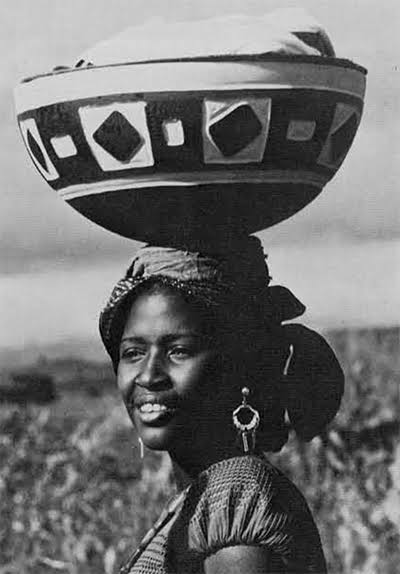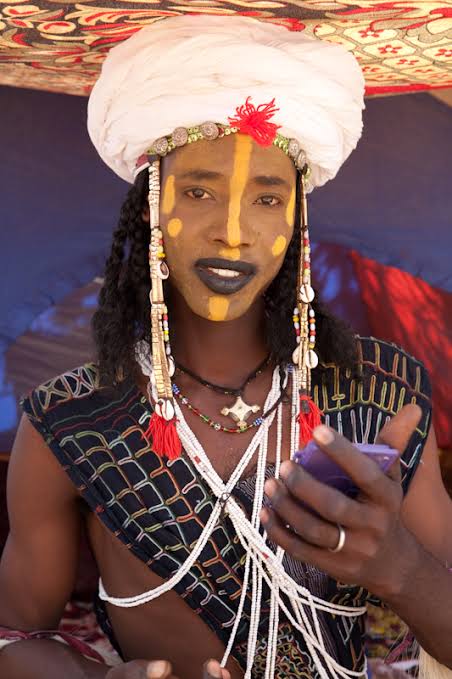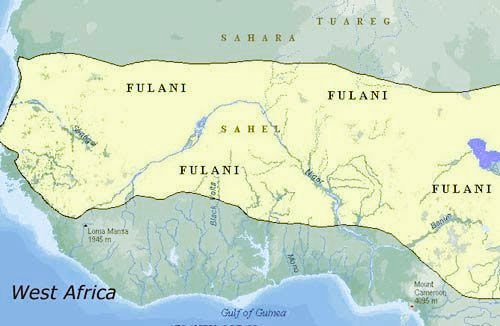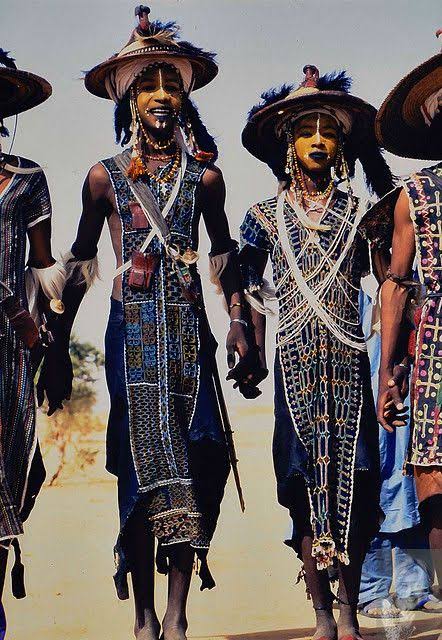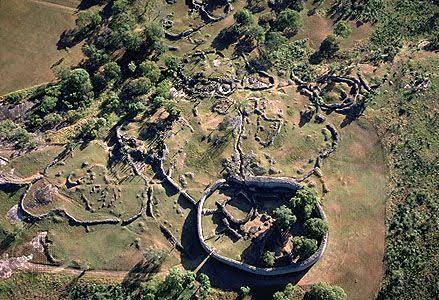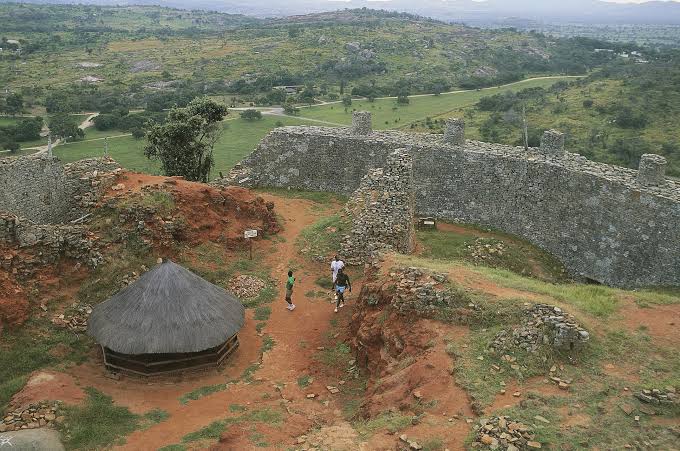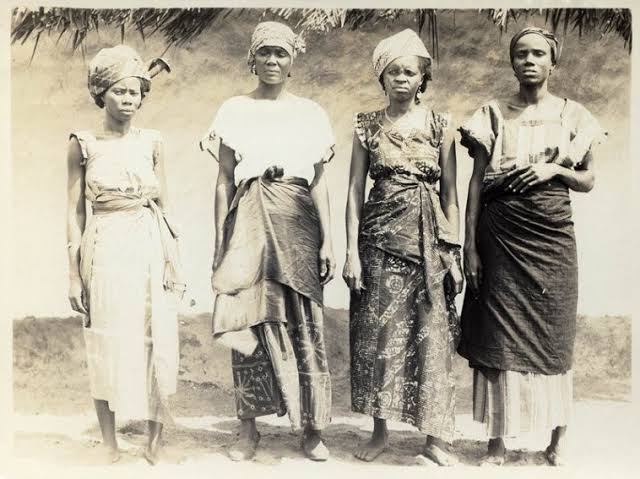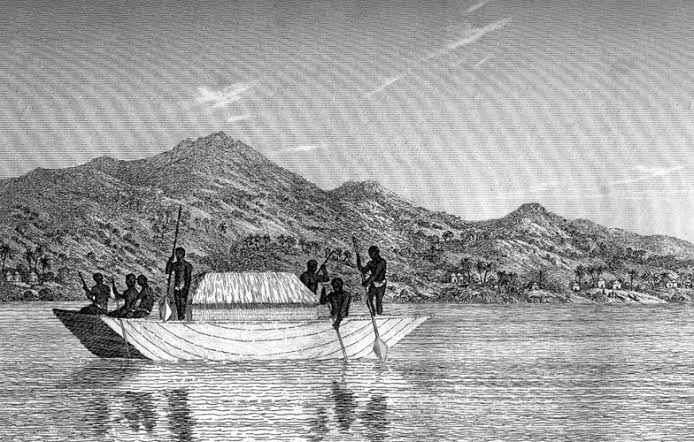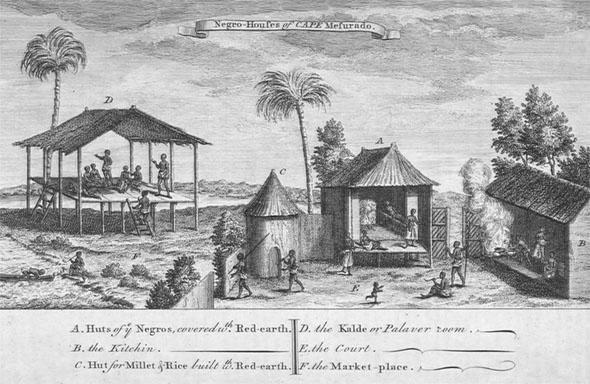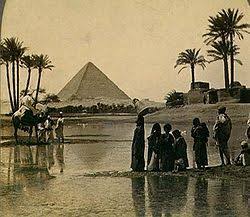
The Atlantic Ocean was known as Ethiopian Ocean until the 19th century.
___
The Original name of the Atlantic Ocean is the Ethiopian Ocean. In the Greek language, Ethiopian means "people with burnt face" they used it to described all African people.



___
The Original name of the Atlantic Ocean is the Ethiopian Ocean. In the Greek language, Ethiopian means "people with burnt face" they used it to described all African people.


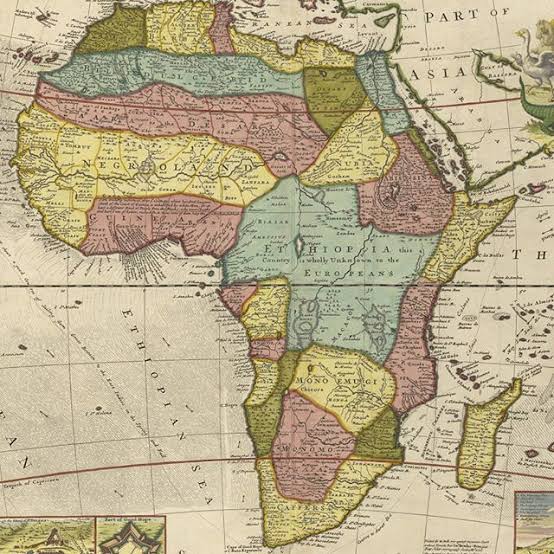

To them, the masters of the oceans were African people and the only people as of then that had technology to make massive voyages around the earth were Africans. 


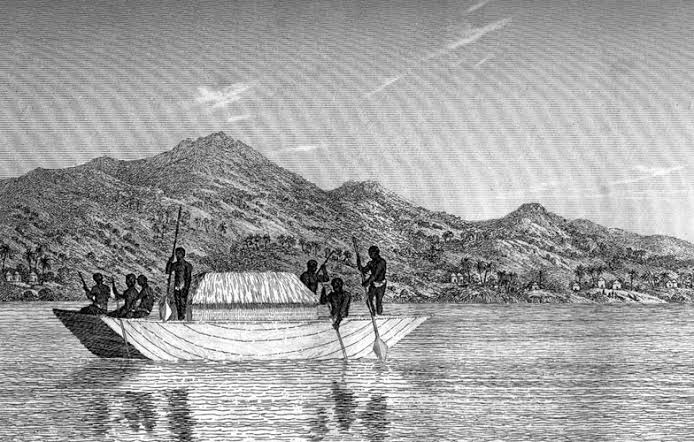
Today Atlantic Ocean in classical geographical works was known as Aethiopian or Ethiopian Sea or Ocean. The name remained in maps from ancient times until 19th century. 
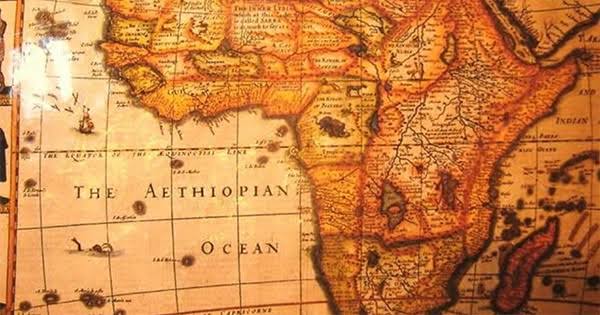
The name Ethiopian Ocean existed in Lucem Producta until the mid-19th century, e.g. on the map Accuratissima Totius Africae, engraved by Johann Baptist Homann and Frederick de Wit and published by Jacob von Sandrart in Nürnberg in 1702. 
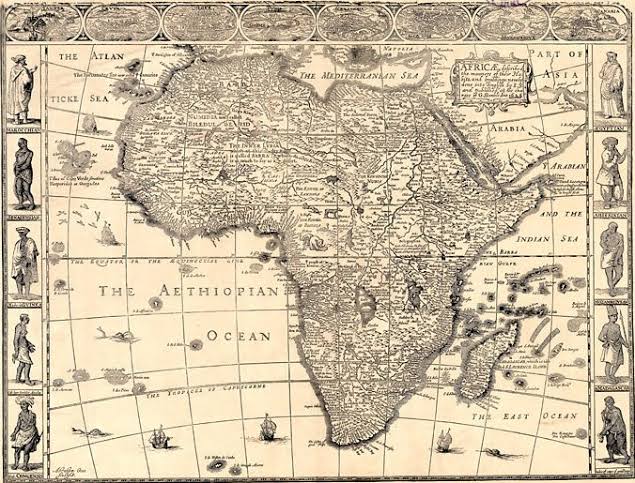
The term Aethiopian was linked to the fact that it was historically called Aethiopia because Africa west and south of Egypt was known as Aethiopia. Classic use of the term has become defunct nowadays. 
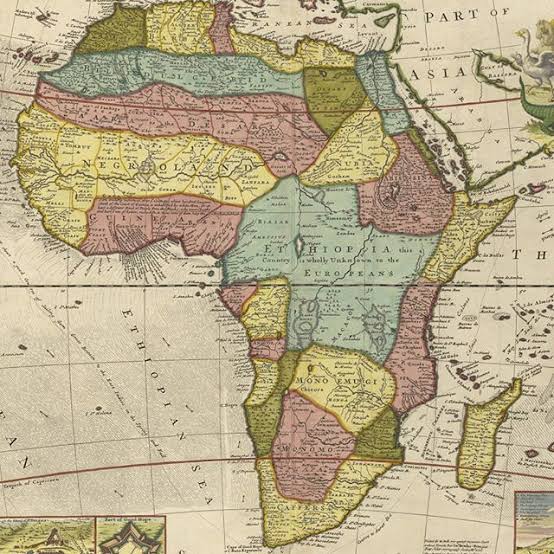
The nation of Ethiopia, then known as Abyssinia, is located nowhere near its namesake body of water, but in the opposite eastern end of Africa, which is much closer to the Indian Ocean and its subset of the Red Sea. 

Decades after the names Ethiopian Ocean or Ethiopian Sea had fallen into disuse in reference to the Southern Atlantic Ocean, botanist William Albert Setchell (1864–1943) used the term for the sea around some islands near Antarctica. 

Check my likes tweet to see more on Ancient African civilization and follow me to see my future post thanks. 

Unroll @threadreaderapp
• • •
Missing some Tweet in this thread? You can try to
force a refresh









